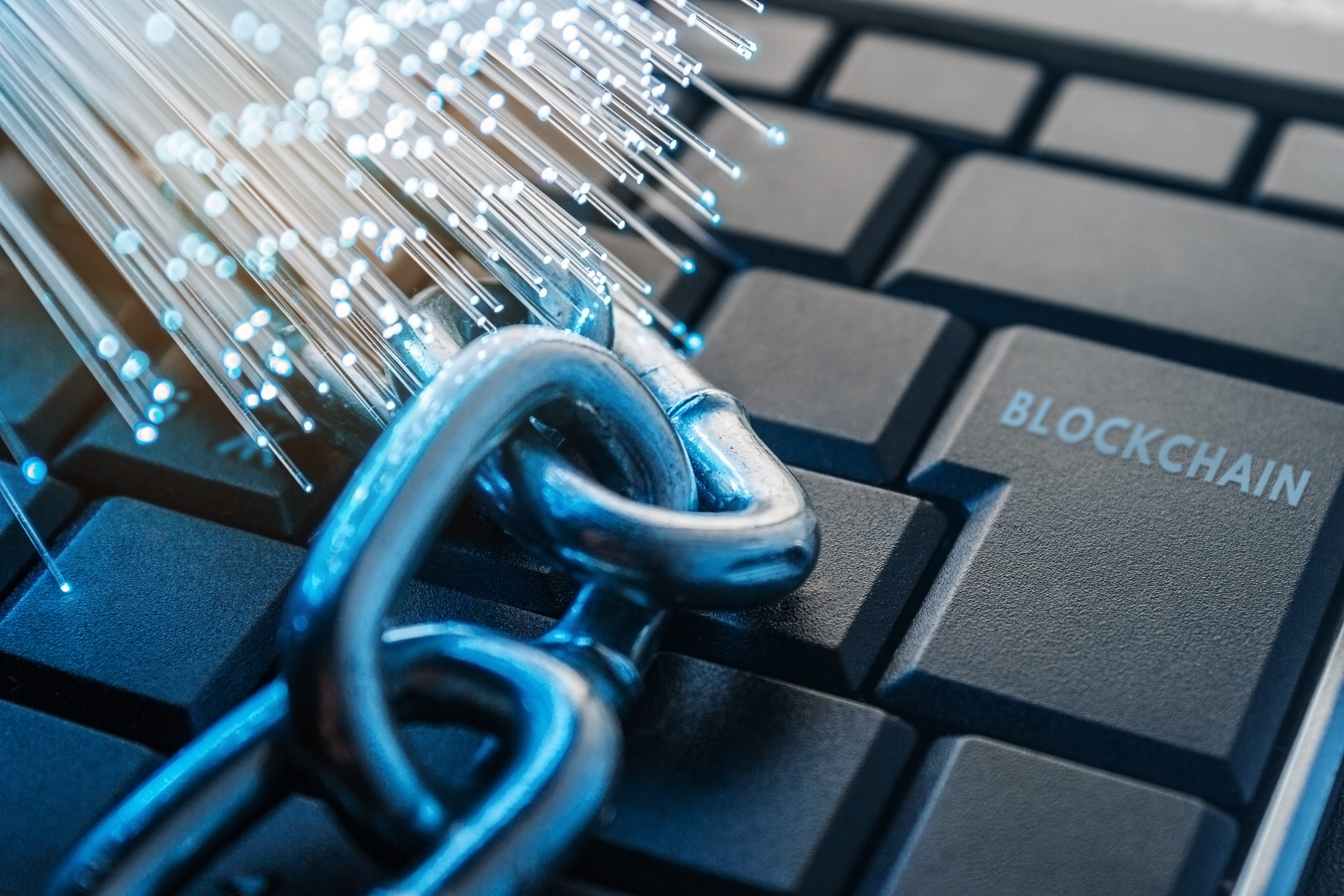The process of mining Bitcoin, a digital currency that has captured worldwide attention and vastly increased in value over the last few years, is not as complicated or involved as it might seem. If you want to start mining Bitcoins, go to Bitcoin Profit, the most reputable trading platform. Here is a brief guide to help you get started.
Bitcoin Mining – a valuable guide for beginners
As the world’s first decentralized digital currency, Bitcoin has revolutionized how people think about money in an entirely new way. The remarkable rise of this new digital currency has opened up many opportunities for almost everyone who wishes to learn about Bitcoin and its underlying technology: blockchain. Of course, mining Bitcoin requires some effort and dedication, but it doesn’t have to be complicated or time-consuming if you know what you’re doing from the beginning.
Let’s Get Started
What You Need To Start Mining Bitcoin
To mine Bitcoin, all you really need is a good mining rig and the right software, which can be downloaded for free and installed in a matter of seconds. But, first, you’ll need a mining rig. These rigs combine specific hardware components with special software that helps the rig do its job.
The hardware components are not all that complicated. Most are available in the toolboxes of any computer stores or online manufacturers from china, like bit main. Some of the bitcoin mining hardware is correspondingly present on the e-commerce websites like amazon. As far as the software is concerned, mining Bitcoin is all about math and calculating hashes, which is where the term “hashing” comes from.
- Hash rate calculation
Let’s take two different bitcoin mining machines, A and B. If A produces 16 MH/s and B produces 4 MH/s, hashing a block will require 2 times the work for machine A than it would for machine B. The only thing that matters is the output of your mining hardware.
That means you should choose ASICs or GPUs depending on the mining type you want. GPU mining is faster but uses more energy while ASICs are slower and more expensive, but use less energy. The only way to get coins out of this is to find a block by solving cryptographic puzzles and getting rewarded with coins for your efforts.
- Power consumption
A bitcoin miner’s most basic hardware set-up is similar to the above one. An energy-efficient Bitcoin miner must have a power supply capable of providing continuous power to the device(s). Some Bitcoin miners use more complicated methods, such as overclocking and even cooling solutions like liquid immersion systems designed to reduce the amount of energy required by the mining hardware. More elaborate set-ups will rely on multiple high-efficiency PSUs (Power Supply Units). In other cases, you may use multiple smaller PSUs instead of one mighty one.
- Cost
Bitcoin difficulty has been rising significantly in the past year. The difficulty is to prevent a small number of miners from creating large amounts of bitcoins out of proportion to their contribution to the network. They shouldn’t be worth anything. Unfortunately, they’re worth too much. As such, it’s essential that mining is widely distributed and that only a handful of miners can begin mining a block at once without being able to profit immediately.
What Are Hashes?
Hashes refer to chunks of data that people can use to create a digital signature for every block of transaction data on the Bitcoin blockchain. Every time the mining software calculates a new hash, it compares the results to what other miners on the Bitcoin network have calculated for that same block. So if your mining software finds that its calculated hash value matches what other miners on the Bitcoin network have found, they’ve successfully unlocked a block and added it to the blockchain—and you get rewarded with some bitcoins.
Bitcoin mining software:
A good bitcoin mining program should display charts showing the hash rate of your set-up over time to get a sense of how things are progressing regarding hardware efficiency and how much power is being consumed. Whichever program you end up using, you’ll want to download the source code and compile it using Linux or Windows with some extra options so that it will run just right on your system.








Leave a Reply
View Comments